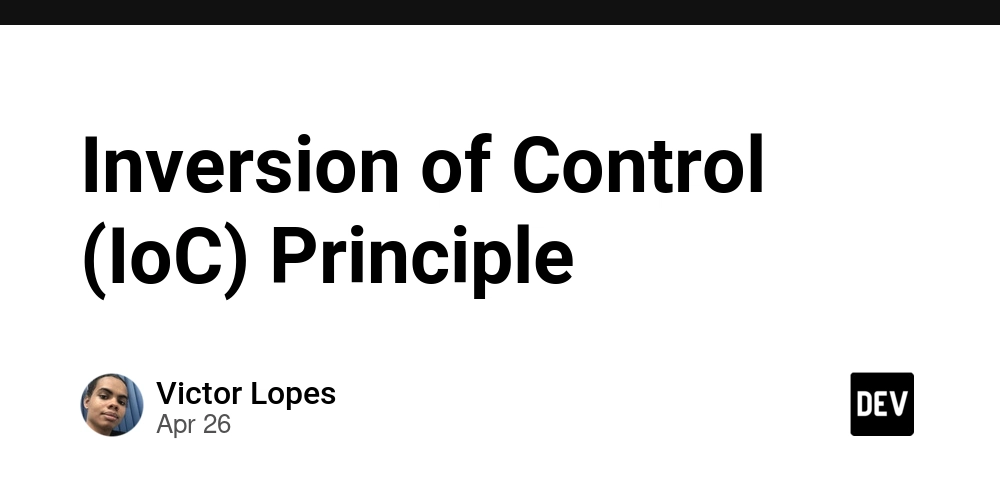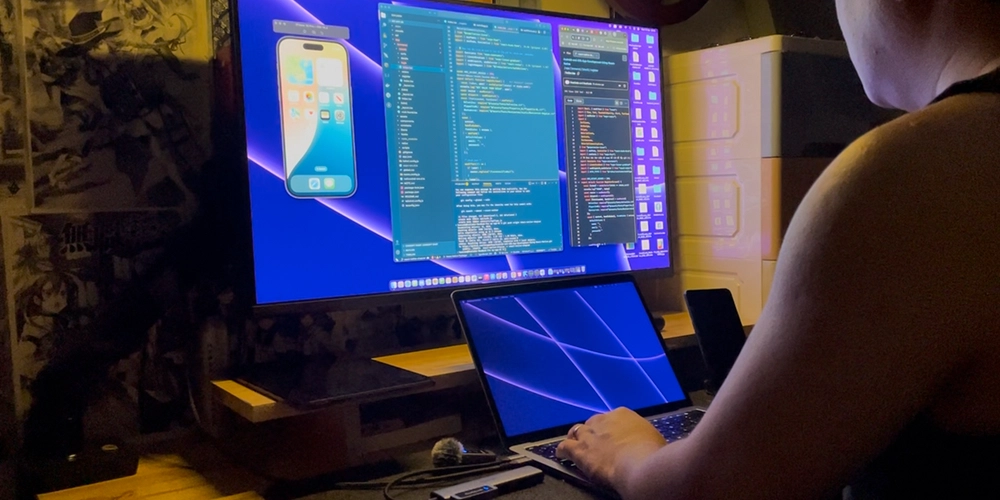2D Overlay on 3D IFC BIM model
One of a commonly used features of a BIM viewer is displaying a 2D overlay (e.g. a floor plan) within the 3D model. This article demonstrates how such an overlay can be implemented with (xeokit SDK), by using general purpose abstractions provided by the SDK. Table of Contents 1. Scene setup 2. Overlay image loading 3. Overlay mesh creation 4. Floor plan adjustment 5. Complete example 6. Interactive Overlay fitting (advanced) 1. Scene setup The example starts with a minimalist scene that loads the Schependomlaan.ifc.xkt model, and places a SectionPlane that cuts through the first floor at the height of 1 unit: doctype html> import { SectionPlanesPlugin, Viewer, XKTLoaderPlugin } from "../../dist/xeokit-sdk.min.es.js"; const viewer = new Viewer({ canvasId: "myCanvas" }); viewer.camera.eye = [7, 30, -8]; viewer.camera.look = [7, 0, -10]; viewer.camera.up = [0, 1, 0]; new XKTLoaderPlugin(viewer).load({ src: "../../assets/models/xkt/v8/ifc/Schependomlaan.ifc.xkt" }); new SectionPlanesPlugin(viewer, { overviewVisible: false }).createSectionPlane({ pos: [0, 1, 0], dir: [0, -1, 0] }); // ... The model renders as follows: 2. Overlay image loading The 2D overlay will display a floor plan from the schependomlaanPlanView.png image. The image is loaded before it's used as a texture: // ... import { buildPlaneGeometry, math, Mesh, PhongMaterial, ReadableGeometry, Texture } from "../../dist/xeokit-sdk.min.es.js"; const image = new Image(); image.src = "../../assets/images/schependomlaanPlanView.png"; image.onload = function() { // Create the floor plan Texture const scene = viewer.scene; const planTexture = new Texture(scene, { image: image }); // ... }; 3. Overlay mesh creation The overlay is created by combining a Mesh, a plane geometry, and a PhongMaterial: // ... image.onload = function() { // Create the floor plan Texture // ... // Create the floor plan Mesh const planMesh = new Mesh(scene, { pickable: false, geometry: new ReadableGeometry(scene, buildPlaneGeometry()), material: new PhongMaterial(scene, { alpha: 0.75, diffuse: [0, 0, 0], diffuseMap: planTexture, emissiveMap: planTexture, backfaces: true }) }); // ... }; Unless the floor plan mesh is to be interacted with, it's advised to use the pickable: false flag, to avoid the mesh interfering with the Scene::Pick method calls. The specific Material settings are highly application-specific, and it's encouraged for the SDK users to experiment with them. One of the parameters that's advised to be used though is backfaces: true, which will make the floor plan visible from both the front and back side. 4. Floor plan adjustment Finally, the floor plan mesh is positioned and scaled to match the model's layout. The overlay is placed at the height of 0.1 unit, which is slightly above the first floor level. The value of the scale, as well as the X and Z coordinates, has been determined empirically to fit the model in the example. // ... image.onload = function() { // Create the floor plan Texture // ... // Create the floor plan Mesh // ... // Scale and position the Mesh const planHeight = 0.1 const planPosition = [ 10.946, planHeight, -10.343 ]; const planScale = 22.66; const t = math.translationMat4v(planPosition); // Preserve image's aspect ratio when scaling const s = math.scalingMat4v([planScale * image.width / image.height, 1, planScale]); planMesh.matrix = math.mulMat4(t, s, math.mat4()); }; The floor plan adjusted to the model looks as below: 5. Complete example The complete example is presented below: doctype html> import { SectionPlanesPlugin, Viewer, XKTLoaderPlugin } from "../../dist/xeokit-sdk.min.es.js"; const viewer = new Viewer({ canvasId: "myCanvas" }); viewer.camera.eye = [7, 30, -8]; viewer.camera.look = [7, 0, -10]; viewer.camera.up = [0, 1, 0]; new XKTLoaderPlugin(viewer).load({ src: "../../assets/models/xkt/v8/ifc/Schependomlaan.ifc.xkt" }); new SectionPlanesPlugin(viewer, { overviewVisible: false }).createSectionPlane({ pos: [0, 1, 0], dir: [0, -1, 0] }); import { buildPlaneGeometry, math, Mesh, PhongMaterial, ReadableGeometry, Texture } from "../../dist/xeokit-sdk.min.es.js"; const image = new Image(); image.src = "../../assets/images/schependomlaanPlanView.png"; image.onload = function() { // Create the floor plan Texture const scene = viewer.scene; const planTexture = new Texture(scene, { image: image }); // Create the floor plan Mesh const planMesh = new Mesh(scene, { pickable: false, geometry: new ReadableGeometry(scene, buildPlaneGeometry()), material: new PhongMaterial(scene, { alpha: 0.75, diffuse: [0, 0, 0],

One of a commonly used features of a BIM viewer is displaying a 2D overlay (e.g. a floor plan) within the 3D model.
This article demonstrates how such an overlay can be implemented with (xeokit SDK), by using general purpose abstractions provided by the SDK.
Table of Contents
- 1. Scene setup
- 2. Overlay image loading
- 3. Overlay mesh creation
- 4. Floor plan adjustment
- 5. Complete example
- 6. Interactive Overlay fitting (advanced)
1. Scene setup
The example starts with a minimalist scene that loads the Schependomlaan.ifc.xkt model, and places a SectionPlane that cuts through the first floor at the height of 1 unit:
doctype html>
<html>
<body style="overflow-y: hidden; overflow-x: hidden; margin: 0; width: 100%; height: 100%;">
<canvas id="myCanvas" style="position: absolute; width: 100%; height: 100%; background-image: linear-gradient(lightblue, white);"></canvas>
</body>
<script type="module">
import { SectionPlanesPlugin, Viewer, XKTLoaderPlugin } from "../../dist/xeokit-sdk.min.es.js";
const viewer = new Viewer({ canvasId: "myCanvas" });
viewer.camera.eye = [7, 30, -8];
viewer.camera.look = [7, 0, -10];
viewer.camera.up = [0, 1, 0];
new XKTLoaderPlugin(viewer).load({ src: "../../assets/models/xkt/v8/ifc/Schependomlaan.ifc.xkt" });
new SectionPlanesPlugin(viewer, { overviewVisible: false }).createSectionPlane({ pos: [0, 1, 0], dir: [0, -1, 0] });
// ...
</script>
</html>
The model renders as follows:
2. Overlay image loading
The 2D overlay will display a floor plan from the schependomlaanPlanView.png image.
The image is loaded before it's used as a texture:
// ...
import { buildPlaneGeometry, math, Mesh, PhongMaterial, ReadableGeometry, Texture } from "../../dist/xeokit-sdk.min.es.js";
const image = new Image();
image.src = "../../assets/images/schependomlaanPlanView.png";
image.onload = function() {
// Create the floor plan Texture
const scene = viewer.scene;
const planTexture = new Texture(scene, { image: image });
// ...
};
3. Overlay mesh creation
The overlay is created by combining a Mesh, a plane geometry, and a PhongMaterial:
// ...
image.onload = function() {
// Create the floor plan Texture
// ...
// Create the floor plan Mesh
const planMesh = new Mesh(scene, {
pickable: false,
geometry: new ReadableGeometry(scene, buildPlaneGeometry()),
material: new PhongMaterial(scene, {
alpha: 0.75,
diffuse: [0, 0, 0],
diffuseMap: planTexture,
emissiveMap: planTexture,
backfaces: true
})
});
// ...
};
Unless the floor plan mesh is to be interacted with, it's advised to use the pickable: false flag, to avoid the mesh interfering with the Scene::Pick method calls.
The specific Material settings are highly application-specific, and it's encouraged for the SDK users to experiment with them.
One of the parameters that's advised to be used though is backfaces: true, which will make the floor plan visible from both the front and back side.
4. Floor plan adjustment
Finally, the floor plan mesh is positioned and scaled to match the model's layout.
The overlay is placed at the height of 0.1 unit, which is slightly above the first floor level.
The value of the scale, as well as the X and Z coordinates, has been determined empirically to fit the model in the example.
// ...
image.onload = function() {
// Create the floor plan Texture
// ...
// Create the floor plan Mesh
// ...
// Scale and position the Mesh
const planHeight = 0.1
const planPosition = [ 10.946, planHeight, -10.343 ];
const planScale = 22.66;
const t = math.translationMat4v(planPosition);
// Preserve image's aspect ratio when scaling
const s = math.scalingMat4v([planScale * image.width / image.height, 1, planScale]);
planMesh.matrix = math.mulMat4(t, s, math.mat4());
};
The floor plan adjusted to the model looks as below:
5. Complete example
The complete example is presented below:
doctype html>
<html>
<body style="overflow-y: hidden; overflow-x: hidden; margin: 0; width: 100%; height: 100%;">
<canvas id="myCanvas" style="position: absolute; width: 100%; height: 100%; background-image: linear-gradient(lightblue, white);"></canvas>
</body>
<script type="module">
import { SectionPlanesPlugin, Viewer, XKTLoaderPlugin } from "../../dist/xeokit-sdk.min.es.js";
const viewer = new Viewer({ canvasId: "myCanvas" });
viewer.camera.eye = [7, 30, -8];
viewer.camera.look = [7, 0, -10];
viewer.camera.up = [0, 1, 0];
new XKTLoaderPlugin(viewer).load({ src: "../../assets/models/xkt/v8/ifc/Schependomlaan.ifc.xkt" });
new SectionPlanesPlugin(viewer, { overviewVisible: false }).createSectionPlane({ pos: [0, 1, 0], dir: [0, -1, 0] });
import { buildPlaneGeometry, math, Mesh, PhongMaterial, ReadableGeometry, Texture } from "../../dist/xeokit-sdk.min.es.js";
const image = new Image();
image.src = "../../assets/images/schependomlaanPlanView.png";
image.onload = function() {
// Create the floor plan Texture
const scene = viewer.scene;
const planTexture = new Texture(scene, { image: image });
// Create the floor plan Mesh
const planMesh = new Mesh(scene, {
pickable: false,
geometry: new ReadableGeometry(scene, buildPlaneGeometry()),
material: new PhongMaterial(scene, {
alpha: 0.75,
diffuse: [0, 0, 0],
diffuseMap: planTexture,
emissiveMap: planTexture,
backfaces: true
})
});
// Scale and position the Mesh
const planHeight = 0.1
const planPosition = [ 10.946, planHeight, -10.343 ];
const planScale = 22.66;
const t = math.translationMat4v(planPosition);
// Preserve image's aspect ratio when scaling
const s = math.scalingMat4v([planScale * image.width / image.height, 1, planScale]);
planMesh.matrix = math.mulMat4(t, s, math.mat4());
};
</script>
</html>
6. Interactive Overlay fitting (advanced)
The workflow presented above places a 2D overlay inside a 3D scene with a known transformation (a translation and a scale in this case).
Another common scenario might be a feature that lets end user to instantiate an overlay in a scene, and then to fit it interactively to a model.
There are many possible ways such an interaction could be achieved, relying on end user's input devices.
Ultimately the specifics of the interaction that match application's UX need to be determined by the viewer code outside of the SDK.
xeokit SDK’s repository provides an example of a "fitting" interaction, that's presented at https://xeokit.github.io/xeokit-sdk/examples/scenegraph/#floorPlan_mouseEdit.
The interaction uses mouse input in a sequence of steps:
- A cyan colored dot needs to be placed over the 2D overlay.
- After the left mouse button is clicked, the overlay will start following the mouse cursor, anchored at the location the overlay was clicked at.
- Next mouse click will fix the overlay to a translated position.
- Another yellow dot needs to be placed over another part of the overlay.
- After the mouse button is clicked, the overlay will start rotating and scaling up or down along with the the mouse cursor.
5a. If the
Ctrlkey is pressed while rotating and scaling the overlay with a mouse, the rotation gets locked to 9° steps, which might be helpful in preserving overlay’s current rotation. - Final mouse click will "settle" the overlay with its current translation and scale.
This demonstrative interaction is implemented as the setupOverlayAlignmentControl function at https://github.com/xeokit/xeokit-sdk/blob/master/examples/scenegraph/overlay.js.
The code that employs the function is as follows:
// ...
import { setupOverlayAlignmentControl } from "./overlay.js";
image.onload = function() {
// Create the floor plan Texture
// ...
// Create the floor plan Mesh
// ...
// Scale and position the Mesh
// ...
// Use the illustrative alignment control to put the overlay in the desired place
const overlayCtrl = setupOverlayAlignmentControl(viewer, planMesh);
window.document.addEventListener("keydown", e => overlayCtrl.setStepRotation(e.shiftKey));
window.document.addEventListener("keyup", e => overlayCtrl.setStepRotation(e.shiftKey));
};
IMPORTANT:
It’s important to understand that this particular “fitting” interaction has been provided as an example or a guideline for viewer programmers on how to implement such a feature on top of the xeokit SDK.
Rather than relying on the function's particular location and implementation, users are encouraged to copy its code to their own viewers, and adjust according to their specific UX requirements. And many thanks to my colleague Michal for his support with this example!










































































































































































![[The AI Show Episode 146]: Rise of “AI-First” Companies, AI Job Disruption, GPT-4o Update Gets Rolled Back, How Big Consulting Firms Use AI, and Meta AI App](https://www.marketingaiinstitute.com/hubfs/ep%20146%20cover.png)










































































































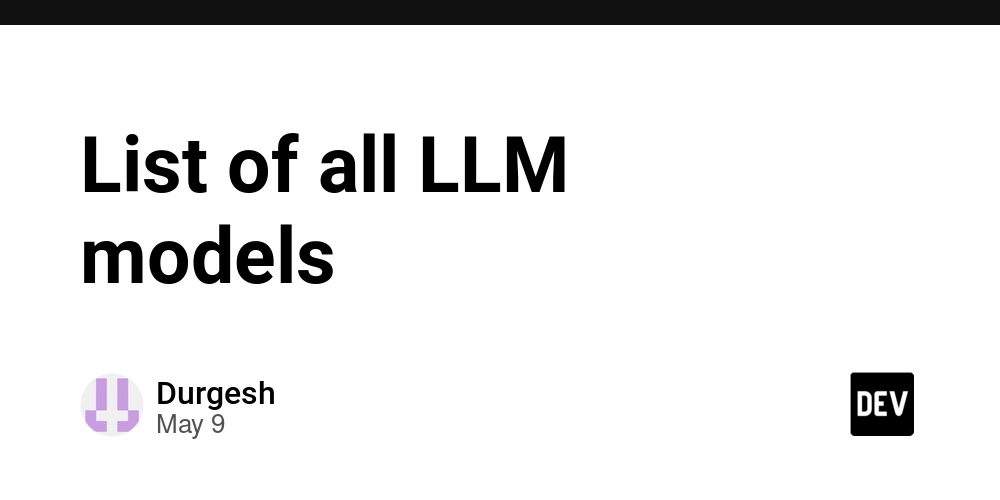

















![Ditching a Microsoft Job to Enter Startup Hell with Lonewolf Engineer Sam Crombie [Podcast #171]](https://cdn.hashnode.com/res/hashnode/image/upload/v1746753508177/0cd57f66-fdb0-4972-b285-1443a7db39fc.png?#)


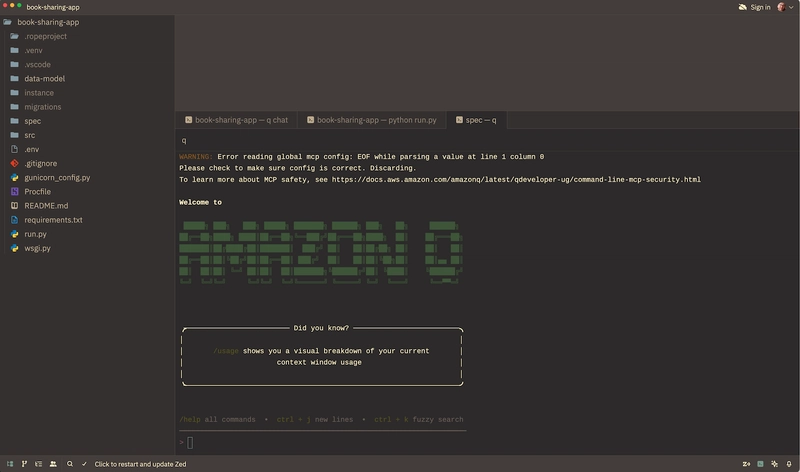


























































.jpg?width=1920&height=1920&fit=bounds&quality=70&format=jpg&auto=webp#)




















































-Nintendo-Switch-2-Hands-On-Preview-Mario-Kart-World-Impressions-&-More!-00-10-30.png?width=1920&height=1920&fit=bounds&quality=70&format=jpg&auto=webp#)






































































































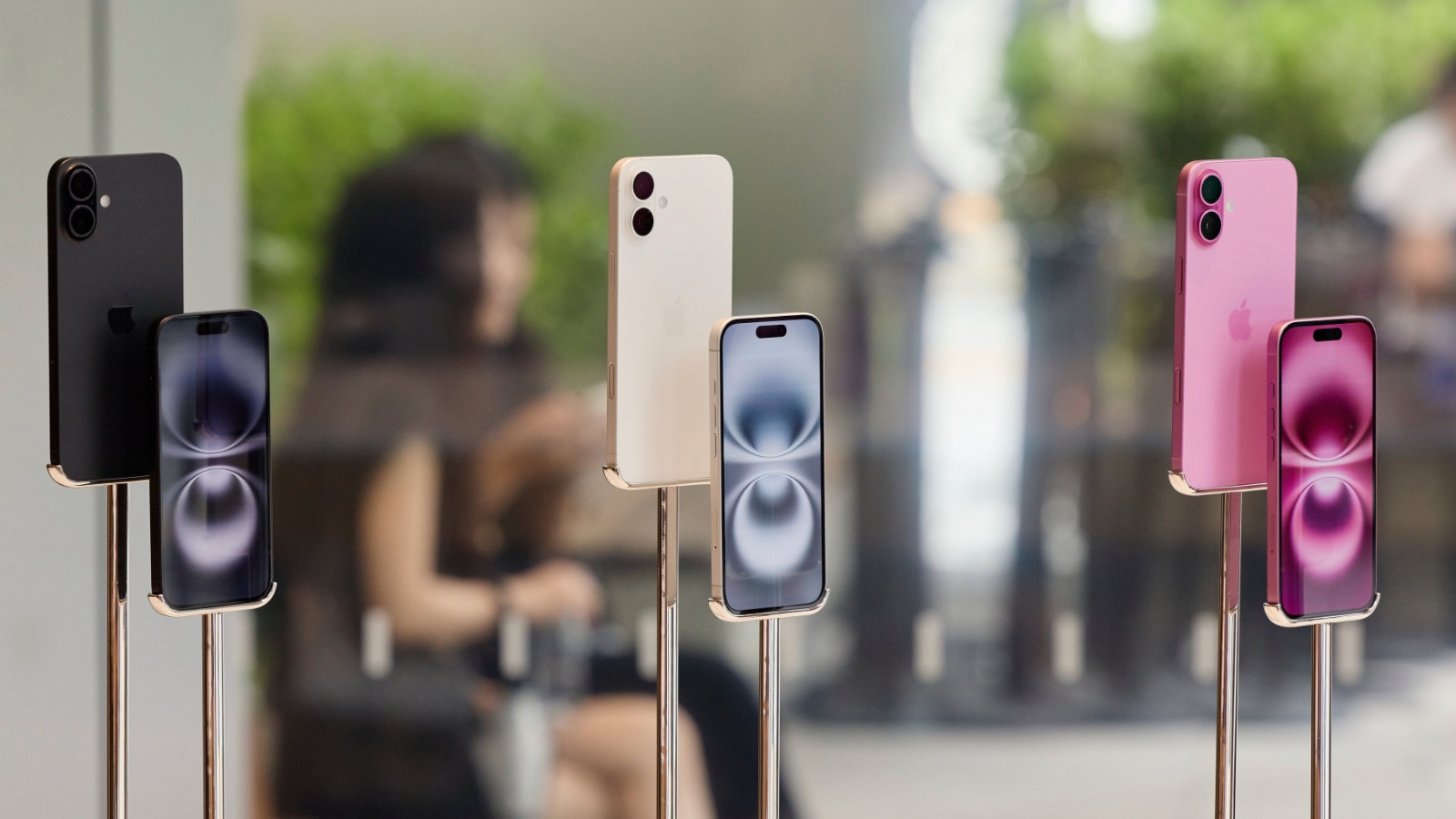





-xl.jpg)





























![New iPad 11 (A16) On Sale for Just $277.78! [Lowest Price Ever]](https://www.iclarified.com/images/news/97273/97273/97273-640.jpg)

![Apple Foldable iPhone to Feature New Display Tech, 19% Thinner Panel [Rumor]](https://www.iclarified.com/images/news/97271/97271/97271-640.jpg)





































































![[Weekly funding roundup May 3-9] VC inflow into Indian startups touches new high](https://images.yourstory.com/cs/2/220356402d6d11e9aa979329348d4c3e/WeeklyFundingRoundupNewLogo1-1739546168054.jpg)



























